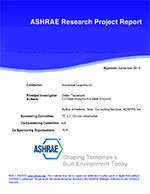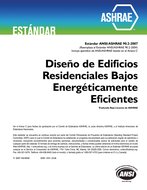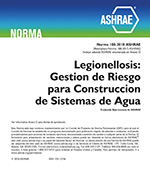Description
Typically, solutions for alleviating poor indoor air quality (IAQ) resulting from airborne pollutant exposure are achieved through VOC source elimination, supplying larger fractions of fresh air in the ventilation supply, and active remediation of the pollutants. Active remediation technologies using adsorbents such as activated charcoal and potassium permanganate impregnated activated alumina are often quite effective, but all are fundamentally finite life systems that require regular replacement and disposal. Therefore, a more permanent control technology for the remediation of VOCs that does not involve expensive media replacement and disposal could be a cost-effective solution to VOC abatement.
One promising approach for remediating VOCs in the indoor environment is to employ photocatalytic reactors that oxidize VOCs. A photocatalytic oxidation process, using Ti02 with UV light, is self-regenerating and potentially cost effective. A more complete understanding of the photocatalytic process, its advantages, disadvantages and limitations are needed to more fully evaluate its ultimate potential for VOC remediation applications.
The key objectives of this research project are to: 1) Investigate, through a literature search, what is known about gas-phase photocatalysis, 2) Conduct an analysis of the technology to define its potential benefits, disadvantages and limitations with respect to equipment size, operating conditions, utility use rates, potential capital cost and other commercially important considerations, 3) Recommend further research that is needed.
Product Details
- Published:
- 2003
- File Size:
- 1 file , 5.3 MB
- Product Code(s):
- D-21508




